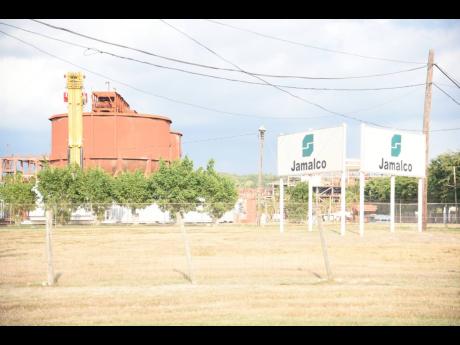
The JAMALCO bauxite plant in Hayes, Clarendon
I was inspired to write about the bauxite/alumina industry, primarily in Jamaica, from a recent visit to Discovery Bay, St Ann, where the plant of Discovery Bauxite owned by Atlantic Alumina Company is located and an article by Lance Neita in The Sunday Gleaner, December 12, titled ‘An injunction not only on mining but on huge chunk of economy’ (sic).
In international trade, the goods and services which were the pillars supporting Jamaica’s economy in the latter half of the 20th century were sugar, bananas, bauxite/alumina and tourism. Today, sugar and bananas are practically gone and I have addressed these in previous articles. The value of these agricultural products, and add cocoa, coffee, ginger and pimento, have not been replaced.
Tourism is now considered the principal pillar. Bauxite/alumina remained quite strong up to about 2012 contributing more than 30 per cent of total goods export earnings. It now seems to be on shifting sands. This may not only be resulting from environmental concerns, such as land degradation, deforestation, water contamination, and air pollution, as well as the mud lakes. Contributing to the instability are company closures, production shortfalls, uncertain development plans, and high cost of energy.
However, the importance of this industry to the Jamaican economy remains in spite of all these challenges. It was interesting to note from STATIN statistics that in 2019, alumina was 42 per cent of the total value of all goods exports; and in 2020 and 2021, 35 per cent.
In the 1950s and 1960s, bauxite mining in Jamaica was the new industry which heralded robust growth in the country and gave hope that Jamaica was on the road to prosperity as it sought self-determination. Jamaica was the leading bauxite producer in the world and had begun refining it into alumina (aluminium oxide). This, although Jamaica was not the first British West Indian territory to commence bauxite mining. Bauxite production had begun in Guyana in 1916. Among current CARICOM members, its exploration and production also dates to about 1916 in Suriname. There have been many changes since.